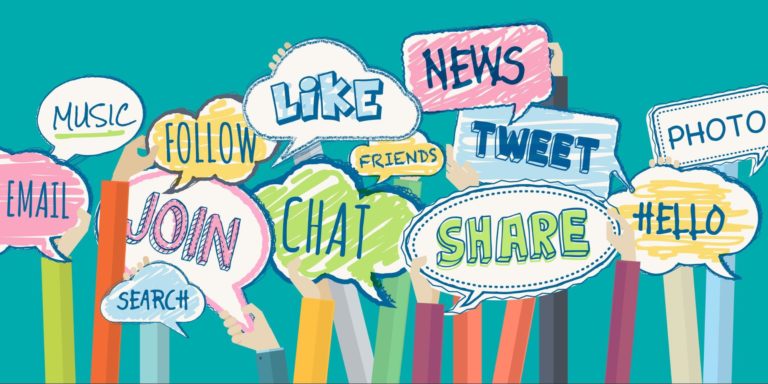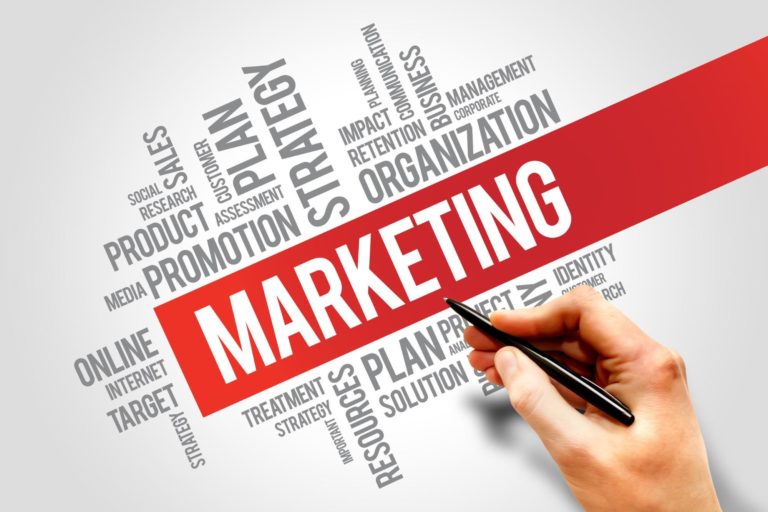
Though email marketing has taken a backseat to more “modern” forms of digital promotion, it’s still an effective marketing tool. Despite the age of this technology, businesses still use email to connect with audiences, turn leads into sales and engage followers with promotions, news and other relevant information.
The value that email marketing has above all else, however, is that it gives you an opportunity to connect with potential buyers who visited your site and left. You can target qualified leads with email marketing and get another opportunity to earn their business.
Nurturing leads with email marketing isn’t easy, though. It requires a targeted campaign with personalized communication, appropriate timing and strategic promotions that won’t overwhelm your new leads.
Why Email Marketing?

No matter what you’ve heard, email marketing is quite effective in a modern digital marketing strategy.
According to Campaign Monitor, here’s what email marketing looks like by the numbers:
- More than 80 percent of B2B and B2C companies use email marketing as part of their marketing strategy.
- Email opens on mobile devices is around 55 percent.
- Marketers have experienced revenue increases of 760 percent from email marketing campaigns.
- Email content is six times more likely to get a click than social media content.
- Facebook and Twitter are falling behind email for gaining new customers.
- Email ROI is 30 percent, compared to direct mail at 7 percent.
- 6 out of 10 employees recognize the importance of email in their work.
Email for Effective Communication

Email may not be the newest thing, but it’s still relevant in our everyday lives. Unlike social media, which isn’t actually used by everyone and allows messages to get lost in the shuffle, email is almost guaranteed to reach its recipient.
Better yet, email has an incredible reach and costs nearly nothing to send, unlike paid advertising or other forms of digital marketing.
Email to Reconnect with Leads

Emails allow you to connect with your leads in a way that nothing else can. If a visitor comes to your site and doesn’t buy a product, but subscribes to your newsletter, you have a pre-qualified lead.
You know this person is interested in what you have to offer, so half of the marketing legwork is done for you, and you’re more likely to put your energy into a lead that will convert.
Now, instead of losing the lead entirely, you can use email to redirect your marketing and nurture the lead into a paying customer.
Email to Personalize a Message
Aside from email’s ability to reach the intended audience, it also allows you to personalize your message and increase the chance of engagement. Personalized emails are more likely to be opened and have higher click-through rates as well, so you have a better chance of getting something for your efforts.
Personalizing an email isn’t difficult, but it’s an area in which many businesses fail. Something as simple as using the person’s name and your own name, instead of your business name, can elevate your email above the rest.
Email to Segment Leads for Better Relevance
Email marketing is more effective when the leads are divided into segments based on different personas. Once you have information about your buyer’s demographics, shopping behavior, employment, location, buyer journey stage and problems, you can separate them into segments and tailor your content to their needs.
Here are some ways to customize your emails with segmentation:
- Change the language for demographics.
- Use customized offers for different buying habits.
- Tailor content and topics for different demographics, problems and stages in the buying journey.
- Release sales in specific locations.
- Offer products or services based on past purchases.
Email for Variety
Email marketing includes many different types of emails that serve different purposes. The emails you send to a longtime customer are going to be different than those you send to a new lead, and rightfully so. Having a blanket email ruins any attempt at personalization and has the potential to scare off a new lead.
In the early stages of the business relationship, you want to send emails that focus on information about your industry, business, products or services or expertise. Subsequent emails can work on the problem the lead may have, or one that’s common for your existing customers, and how you can help.
These early emails are an important part of building the relationship and shouldn’t be skipped or rushed. After you’ve nurtured the relationship, you can carefully suggest the solution your business offers, but it should still be focused more on education and information than overt sales tactics.
Finally, you’re in a position to send offers or reviews and testimonials from satisfied customers to promote yourself. This may seem like a long process, but by taking the time to nurture the relationship before jumping into sales emails will more likely convert your lead.
Email for Promotional Content
After building loyalty and trust with your lead, you can start promoting your products or services in a non-threatening way. This can be with a featured product, exclusive offer or promotion that’s relevant to the lead. If you’re not forceful about it, your lead will be tempted to act.
That said, promotional emails still need a few things to be successful. An obvious and compelling call-to-action is necessary for a conversion, and you want a landing page that’s related to the content in the email. Otherwise, you may not get your lead to act.
It’s also worth noting that the landing page, though not part of your email campaign itself, is a vital aspect of email marketing. No matter how well you develop your emails, it’s all lost if your prospect hits a landing page that isn’t optimized for conversions. Ideally, your landing page needs a clear call-to-action, intriguing headlines, attention-grabbing graphics and other proven methods for conversion.
Together, email and your landing page should streamline the process and guide your lead right through the sales funnel.
Ready to Get Started?
Email has been around for many decades, and though it fell out of favor briefly during the rise of other digital marketing options, it’s poised for a comeback. Now, businesses are beginning to see how email can redirect website visitors and get them to convert, how it builds relationships and how it helps you build trust and loyalty with your customers.
Part of what makes nurturing leads with email marketing so effective is the ability to personalize the content and message according to detailed personas, but it’s important to use it correctly. A general email campaign won’t do anything for your business, so be sure to put the time and effort into your campaign to maximize your chances for conversion.
Email marketing is rising faster than ever and providing opportunities that businesses have never had before, so what are you waiting for?




